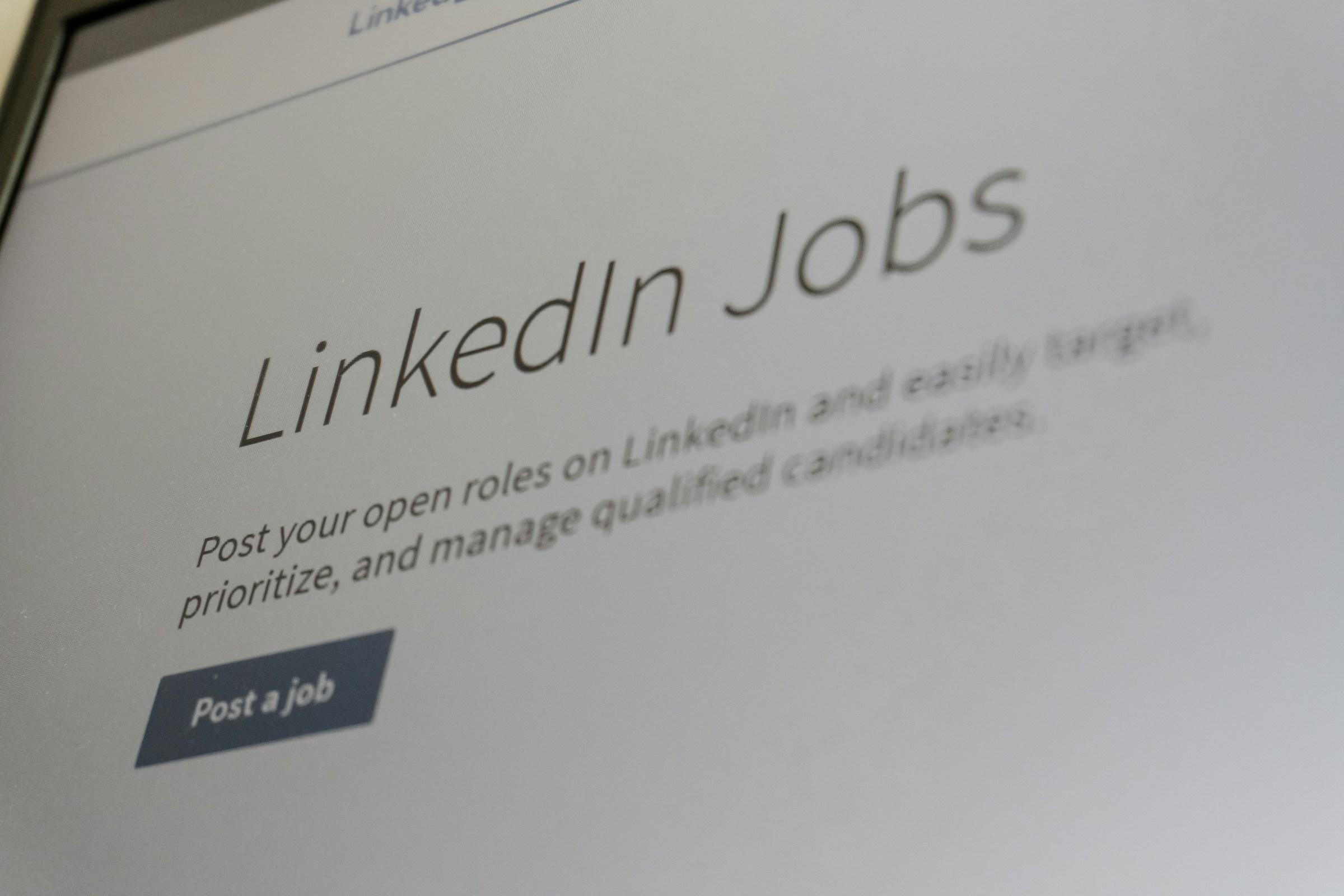Retrenchment sits at the intersection of firm strategy and macro cycles. It reflects management’s near term margin defense, funder expectations about the next two quarters, and a broader repricing of labor, location, and leverage. Individuals feel the shock first. Yet the signal often precedes a reconfiguration that can be used to one’s advantage, provided the response is structured. The aim is not to wait out the storm. The aim is to manage liquidity, convert benefits into portable value, and reposition skills toward where policy and capital are leaning.
Start with a neutral reading of the trigger. Was the separation driven by a company specific liquidity constraint, a sector wide demand reset, or a regulatory shift that made a particular capability less valuable in its current form. This distinction matters. If the driver is firm specific, the network you cultivated still holds sector currency and can carry you across to a competitor with minimal narrative friction. If the driver is sector wide, the next role may require translation across adjacent industries that hire for similar risk and process skills, rather than identical product knowledge. If the driver is policy, expect that hiring will follow the incentive gradients created by governments, sovereign funds, and state linked buyers. In this region, those gradients are increasingly explicit and can be navigated.
Liquidity comes first, and it is more than cash on hand. Think of liquidity as the combined flexibility of severance, unvested equity, retirement accounts, healthcare coverage, and visa status. Treat each as a buffer with rules, not as a line item. In Singapore, severance is contractual rather than statutory, which means the negotiation window is real and should be approached with facts about role scope, tenure, and transition support that protects the firm’s continuity while preserving your bridge to re-employment. In Hong Kong, the interplay between notice pay, long service payments, and Mandatory Provident Fund balances requires sequencing so that withdrawals or offsets do not inadvertently reduce entitlements. In Saudi Arabia, end of service benefits function as a material component of total compensation and should be verified for accrual accuracy, especially when the last role involved variable pay or expatriate allowances. None of these are favors. They are instruments with formulas. The professional approach is to validate numbers, document responsibilities through the handover, and secure written confirmation of timelines for every payout and benefit.
Healthcare continuity is the second pillar of liquidity. It is frequently neglected until a claim appears and portability becomes contested. Consolidate the details now. If your prior coverage was employer sponsored, identify the conversion options to individual plans or the grace period for continuation. If you are moving geographies, determine whether your new base recognizes prior coverage for waiting periods on pre existing conditions. A clean health coverage narrative is a signaling device in re-employment negotiations. It reduces perceived onboarding friction for employers and preserves your own downside protection during a longer search.
Visas and right-to-work constraints are not bureaucratic footnotes. They are binding parameters that shape both your runway and your strike zone. In Singapore, Employment Pass transitions tied to a retrenchment can still be calibrated if you move quickly and anchor your next application to roles that score well on the current points system. In Hong Kong, right-to-land or dependent visas can change the immediacy of relocation decisions. In Saudi Arabia, the structure of sponsorship and the nationalization objectives of the labor market mean you should verify not only transferability but also sector specific quotas that affect hiring momentum. This is less about fear and more about planning. Map the weeks you actually control, then stack your search cadence against that calendar.
The market narrative you tell must learn from policy language. Hiring managers listen for alignment to growth priorities that are being funded by sovereign and public institutions. Technology commercialization with domestic skills transfer, supply chain localization, regulated fintech infrastructure that improves compliance without throttling throughput, and tourism or culture sector build outs with exportable services. Applicants who can translate their prior responsibilities into these policy linked outcomes tend to win interviews faster in Singapore, Hong Kong, and KSA. The content of your story should be exact. Replace vague claims about leadership with metrics that match how governments and large allocators measure progress. Examples include reduction in unit service cost while maintaining auditability, acceleration of time to compliance in a new market without additional headcount, or delivery of a vendor transition that increased local spend retention while improving service levels. Precision communicates signal. It places you inside the policy arc rather than adjacent to it.
A common mistake after separation is to pursue certification and coursework before clarifying target roles. Education is valuable, but only when it compresses the distance to a job that exists at your seniority and in your hiring markets. Begin with a market scan conducted like an analyst, not a job seeker. Identify teams that are hiring through the cycle, not just firms that posted a role this week. Determine which functions are structurally under supplied. In this region, finance transformation for state linked portfolios, cybersecurity with regulated infrastructure exposure, procurement with localization mandates, and public affairs with cross border regulatory context are repeatedly capitalized in hiring even during broader slowdowns. Once a target function is selected, choose a credential that removes a single objection at interview. That is the only sensible threshold. Everything else is optional.
Networks should be treated as an operating asset with a disciplined deployment plan. Flooding contacts with a general notice is rarely efficient. Instead, sequence outreach by relevance and instrument. The first wave is composed of people who can credibly calibrate your target roles and salary range. Ask for benchmarking, not introductions. The second wave is limited to managers who have hired adjacent to your remit in the last two years. Request a fifteen minute view on where your responsibilities translate. The third wave involves sovereign linked platforms, regulated incumbents, or cross border firms that are expanding in the policy directions noted earlier. Here, your message should tie one prior achievement to one priority they have publicly signaled, and then propose a short conversation. The discipline protects your social capital and yields higher quality pipelines.
Do not neglect the structure of the exit itself. Many individuals rush to hand back hardware and access because the emotional discomfort of holding company property is real. The better approach is to comply with every rule while insisting on a documented transition that references knowledge transfer, vendor contacts, and systems access walkthroughs. This maintains professional standing and increases the probability that leadership will offer references with substantive detail. It also improves the credibility of any request for outplacement support, which is available more often than disclosed, particularly among firms with global headquarters that maintain standardized separation policies.
Geography is part of the opportunity set, not just a constraint. Singapore remains a regional hub for capital allocation, risk, and compliance functions that interact with cross border flows. Hong Kong is rebuilding momentum in capital markets, family office services, and asset servicing apertures linked to the Mainland. Saudi Arabia continues to fund real economy build outs, with professional services, infrastructure, and tourism pipelines that require operational management at scale. If liquidity allows, it is reasonable to plan for a two hub search and to keep the option to relocate on short notice. Housing, schooling, and community factors matter, but during the transition period, mobility increases surface area to opportunity. It also signals seriousness to recruiters who are competing for candidates willing to align with national programs.
At the same time, do not confuse mobility with randomness. The discipline is to align your search against a clear earnings narrative. Map your last three roles to three profit or risk levers that a hiring manager can recognize within one minute. Perhaps you cut run rate costs without degrading regulatory posture. Perhaps you improved vendor terms by increasing local content and reducing currency mismatches. Perhaps you authored a controls environment that reduced incident rates while enabling faster product releases. This is not posturing. It is translation. It places your experience in the operating language of boards and public stakeholders, not just in the internal vocabulary of your former company.
Cash management during the search needs the same institutional framing. Protect your credit lines but do not overuse them. Move discretionary expenses to a quarterly cadence and avoid large commitments that reduce optionality. If equity compensation from the prior employer is vesting on a schedule or subject to post-termination exercise windows, model outcomes under different volatility assumptions rather than acting reflexively. In Hong Kong and Singapore, tax timing and foreign currency exposures can alter the net value of exercises and sales in meaningful ways. If you secure a new role on a different geography or currency, negotiate for a signing grant or moving allowance that explicitly recognizes the costs of transition. Recruiters have ranges. The first answer is rarely the limit.
It is also worth recognizing that some separations are more about optical reset than capital stress. Boards sometimes remove roles to telegraph discipline to lenders or investors, then backfill adjacent functions under new titles to preserve delivery. If your exit fell into that category, remain rational in assessing boomerang opportunities. A return can be appropriate if the mandate is realigned and if compensation and title reflect the new reality. Pride is not a balance sheet. The correct metric is whether the role advances your long term positioning inside the policy and capital trends already in motion.
Throughout, keep your communications calm, factual, and brief. Hiring managers do not need catharsis. They need clarity on how you will preserve or create value inside their constraints. Two sentences about the reason for separation are enough. The rest should focus on the systems you know how to run. Sequencing interviews, converting benefits, and aligning your narrative to sovereign and policy priorities are not side tasks. They are the work. The cycle will turn, but capital is already choosing its lanes. Individuals who respond with institutional discipline re-enter sooner and often on better terms.
If you are still asking how to survive a retrenchment, view the answer as design, not endurance. Liquidity buys time. Policy awareness points the search. Narrative precision converts meetings. None of this is speculative. It is the logic of operating inside a region where public and private incentives are unusually explicit. Treat the separation as a data point about where power is moving. Then move there, deliberately.














